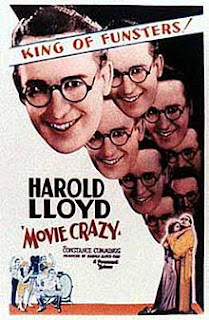The Drive-By Truckers and their Southern Rock Opera: Part Four (The Excesses of Touring and Lessons Learned)

Act Two opens with Hood's “Let There Be Rock,” which not only alludes to AC/DC's song of the same name but addresses how both Betamax Guillotine and Hood grew up in the shadows of great bands. While he never saw Lynyrd Skynyrd, he lists the bands he did see, while the band works up a rock frenzy. Like most songs that purport to introduce the power of rock music, “Let There Be Rock” attempts to be a blistering example of the form, yet Hood's clever, yet straightforward, lyrics temper it. The narrator could be any young music fan growing up in America during the 1970s, listening to music, doing drugs, and drinking to excess. He drops acid at Blue Oyster Cult, is pulled over with weed and booze, drinks vodka and almost dies. He juxtaposes each binge with his experiences seeing classic bands. Both scenarios are equally important to his future quest at being a rock god, or at least, writing about them. The refrain reintroduces the rock: “And I nev





